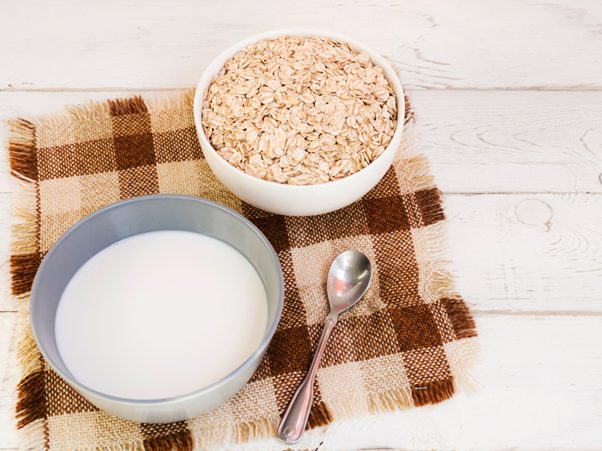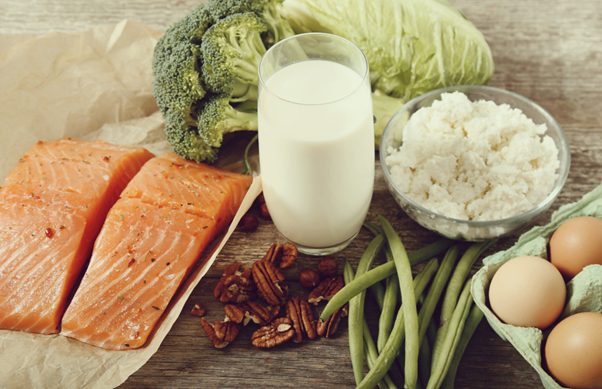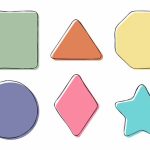Milk for many years has been looked at as a good food product due to the calcium and other nutrients necessary for the growth of children. However, what happens when your child is reluctant to accept the milk or cannot accept the milk in any way for that matter due to allergies, lactose intolerance or ailments and the likes. But it’s not something you ought to be worried about since there are many other approaches via which your child can acquire all the nutrients needed for growth and development.
Table of Contents:
- Baby Not Drinking Milk
- Best Milk Alternative
- Good Sources of Calcium
- Milk Substitute for Kids
Baby Not Drinking Milk
This can be worrying more so if the baby is still young and has no idea on how to feed itself other than taking milk. There are several reasons why this might happen:
- Taste preferences: You know some babies are just so picky with the taste of milk they have probably tasted breast milk or formula or even cow’s milk.
- Teething discomfort: Your baby may not like to take milk as the gums will be sore if he or she is teething.
- Illness: Teething, a common cold or any other disease can—at one time or the other—make it unbearable for the baby to feed from a bottle, or even from the breast.
- Bottle or nipple issues: The issue could well be with the feeding infrastructure rather than the milk.
- Distractions: Babies as they grow, they get to see things around them and may be interested in something else besides milk.
If the baby is continually refusing milk, it is best to consult with your paediatrician. They can also rule out other illnesses and can give some recommendations on how to care for your baby’s diet. In the meantime, you can try these strategies:
-Due to this try using different bottle nipples for sippy cups
-It’s important that you Serve milk at different temperatures.
-Hold the baby against your bare chest when feeding them
-Reduce on interference during feeding time
It is important not to forget that milk is important for the baby but that is not all the child needs. If, however, milk remains a problem, your paediatrician will be able to advise on other options.
Best Milk Alternative
Sometimes, it becomes very urgent to look for an appropriate milk to take by children with lactose intolerance or you simply decide to change your child’s diet. Each alternative has its own unique nutritional profile, so it’s important to choose one that best meets your child’s needs:
- Soy milk: Another favourite is the calcium and vitamin D fortified soy milk because it has the same amount of protein to regular cow’s milk.
- Almond milk: Low fat and least calorie, almond milk contains calcium and vitamins D and E. However, it has a lower content of protein than cow’s milk.
- Oat milk: It can have fibre added to it, calcium plus vitamin D, oat milk is smooth which makes it ideal for children.
- Rice milk: Although it has the least propensity to trigger reaction, rice milk lacks proteins most of the time and it may not be the best for nutritional needs.


Therefore, when looking for your milk you wish to take it should not contain sugar and should be enriched with calcium and vitamin d. Another factor to consider is any allergies or intolerance that your child may have, should be observed. It is always strongly recommended that the parent first consult with their child paediatric or a registered dietitian before changing the child’s diet.
Good Sources of Calcium

- Leafy green vegetables: Calcium is perfectly bound and enclosed in kale, collard greens and bok choy and other green leafy vegetables. You could mix into the smoothies or even eat them with your stir fries or you could even attempt to fry them into crisps.
- Fortified foods: Calcium is added in almost all the breakfast cereals, juices and breads. You need to attempt to include additional resources of calcium within your diets and look for foods that contain calcium included in the list of nutrients.
- Canned fish: The fish with high levels of calcium include sardines, salmon having soft bones amongst others. It is also possible to beat them into fish cakes although they can as well be eaten with crackers for example.
- Beans and lentils: The following are legumes that possess calcium, fibre and protein in the balanced proportion. You can boil or braise them or simply use them to prepare veggie burgers for instance.
- Oranges: Unfortunately, oranges are not as rich a source of calcium as a lot of other foods, but they do contain calcium and they are a tasty way of getting in more of it.
Lastly, please note that for the body to use calcium it requires vitamin D. Smoking, along with junk food, high exposure to the sun, and having vitamin D supplements if you have been recommended by your paediatrician for your child.
Milk Substitute for Kids
While searching for milk substitute for your child, it is also important to check for the presence of other nutrients provided in milk such as protein, calcium, vitamin D and vitamin B12. Here are some ideas for comprehensive milk substitutes:
- Nutrient-rich smoothies: Combine the leafy greens, fruits, and a plant-based milk with added nut butter or seeds and you get yourself a kick of nutrients.
- Fortified non-dairy yogurt: Choose options that are calcium and vitamin D enriched and then garnish your meal with fruits and a few nuts or seeds for added nutrition.
- Homemade calcium-rich popsicles: Shake up some calcium-fortified juice and combine it with some fruit and ice and you have a delicious and healthy frozen pop.
- Chia seed pudding: Chia seeds are made with fortified plant milk and comes in a very versatile flavour that can be individually customized.
- Calcium-fortified oatmeal: Cook oatmeal with a fortified plant milk and garnish it with nuts and seeds and fruits to make it more nutritious for breakfast.
- Green smoothie bowls: Combine the salads with some fruits and add some granola, nuts and seeds to make this meal very healthy.
- Homemade vitamin D-fortified hot chocolate: You can drink a fortified plant milk and for added vitamins especially vitamin D you should consult your paediatrician.
In conclusion, although milk is a very good source of many nutrients, it is vitally important to understand that your child can get all the necessary nutrients from other foods as well. Thus, by selecting a variety of nutrient-providing foods and appropriate substitutes, your child will stay healthy and vigorous regardless of the use of conventional milk products. It is always a wise thing to seek advice from a child’s doctor any time one wishes to alter drastically the diet of the child, and it is important to understand that every child has his or her different nutritional needs.
For more such interesting blogs, Visit EuroKids















